barge-inn booze
Barge-Inn Booze started as an idea about six years ago. The idea came to me as I was sitting on the 'Oatcake Boat'. Then all the planning came in to place. I had to contact Stoke on Trent City Council and a number of other agencies as well Canal and River Trust, who took some convincing. Then two years later I had all the licences required and permissions needed.
Once we were up and running we joined the RCTA and love travelling to their events. We mainly trade at Stoke City Football Club and Westport Lake, but when there is no football we travel to many beautiful places such as the Anderton boat lift, and meet up with the pizza boat ('Baked on Board') which goes down well (beer and pizza!).
My first RCTA event this year is the Easter Floating Market at Great Heywood where we will be joined by many great traders including 'Baked on Board' and the wonderful Sue Meades on the 'Cheese Boat'. Many more events are planned: you can join my Facebook group Barge-Inn Booze for updates on where I shall be.
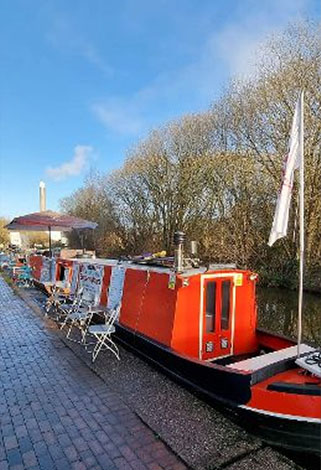
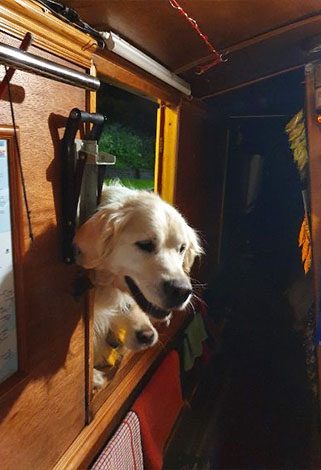

I like to promote local beers, gins, and crisps. The local beer is Titanic Ales which is made in Burslem. I sell four of their most popular real ales. Then there is the very popular Stokie Oatcake Gin which is made by Moorland Pottery. It doesn't have Oatcakes in it, it is filtered through oats in for a period of time and six botanicals are also added, to represent the Six Towns of the Potteries.
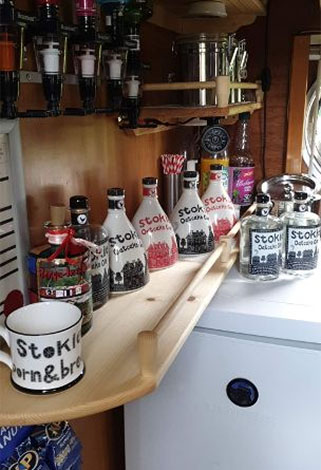
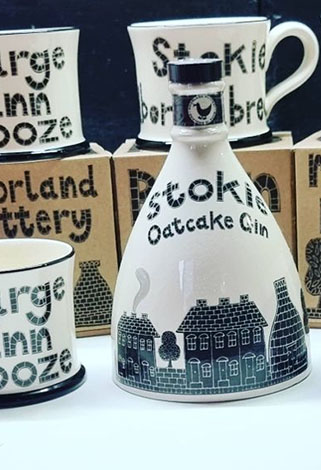
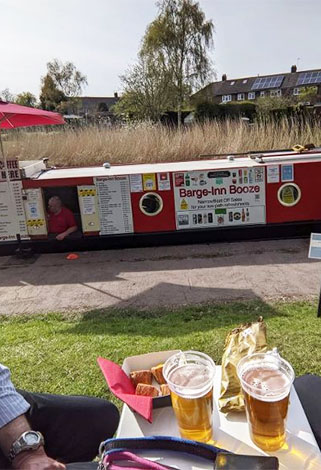
Our crisps are from Rugeley in Staffordshire, made by Just Crisps, they are manufactured on their farm and all the ingredients, including the rapeseed oil, are grown on the farm. They taste amazing!
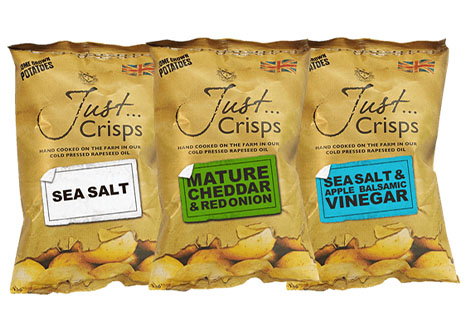
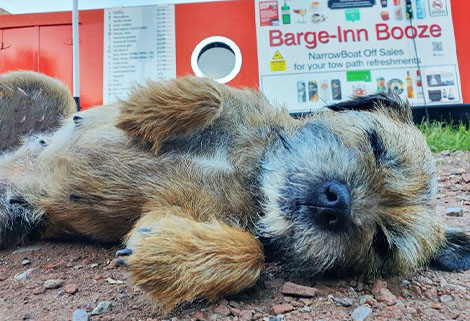
Barge-Inn Booze has been in many different newspapers and TV shows: The Sentinel (newspaper in Stoke); BBC Radio Stoke; The Sun newspaper as one of the top ten pubs in England; Channel 5’s 'Celebrity Five Go Barging'; and Towpath Talk. We are also on Trip Advisor as the number one pub in Stoke on Trent, with currently 74 five star reviews.
I have won various awards over the years including New Business of the Year, Manager of the Year, and have gained the Trip Advisor Mark of Excellence.

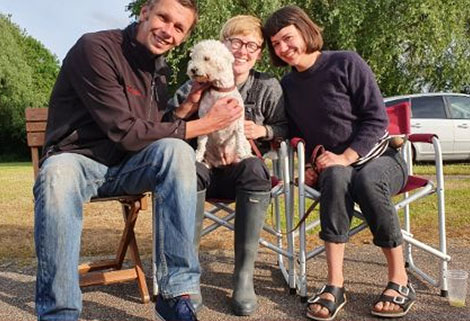
I have many wonderful followers on social media, most of whom have become good friends. I even have Celebrity followers - Shaun Williams being one.
One of the main reasons I love doing Barge-Inn Booze is to attract people down to the canal, #makinglifebetterbythecanal. I really appreciate all that C.&.R.T. Management, Staff and Volunteers do, not just for Barge-Inn Booze, but for the whole network, for the visitors and boaters.
I am looking forward to seeing lots more friendly people and traders this year.
We shall be at many wonderful places including: Anderton boat lift in Northwich, Coventry Basin in Coventry, Market Drayton, Westport Lake and Harecastle Tunnel in October for their fabulous Scarecastle with Canal and River Trust. Don't forget, you can join my Facebook group Barge-Inn Booze for more updates as to where I shall be.
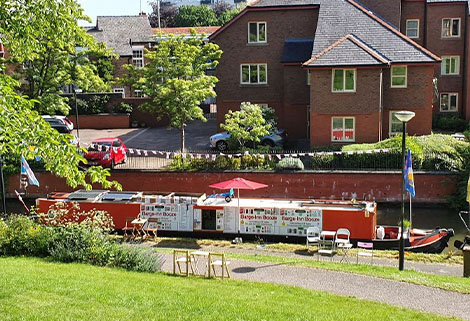
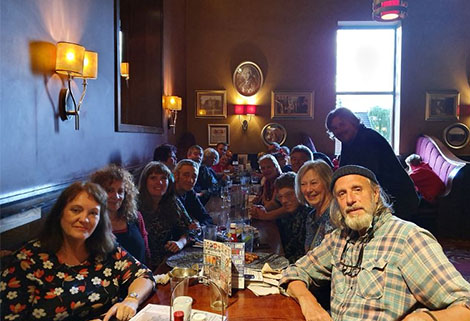

Wayne Sadler, trading as Barge-Inn Booze, has been a member of the RCTA since he first got all the licences and permissions he needed to set up a narrowboat pub. He is based in Stoke on Trent, but travels widely to RCTA events.
Follow Wayne through his Facebook Group

 Oh well, I suppose I had better regain some grasp on reality, and even your average Viking didn’t use the boat during the winter, much preferring to hole up somewhere, pull the boats out of the water, stock up on booze and food and wait for spring. Indeed, I remember a time when all boating roughly followed suit from October, to re start again at Easter. Indeed, many vessels buried under a heavy-duty tarpaulin (not the flappy things you buy now that rip in a force 3) away from the damaging weather, all items removed for storage to the garden shed at home standing a better chance to be eaten by mice, which amuses me seeing as we don’t get many on the Kennet and Avon so its better off on the boat.
Oh well, I suppose I had better regain some grasp on reality, and even your average Viking didn’t use the boat during the winter, much preferring to hole up somewhere, pull the boats out of the water, stock up on booze and food and wait for spring. Indeed, I remember a time when all boating roughly followed suit from October, to re start again at Easter. Indeed, many vessels buried under a heavy-duty tarpaulin (not the flappy things you buy now that rip in a force 3) away from the damaging weather, all items removed for storage to the garden shed at home standing a better chance to be eaten by mice, which amuses me seeing as we don’t get many on the Kennet and Avon so its better off on the boat.

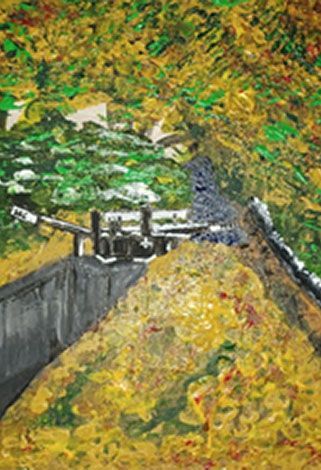
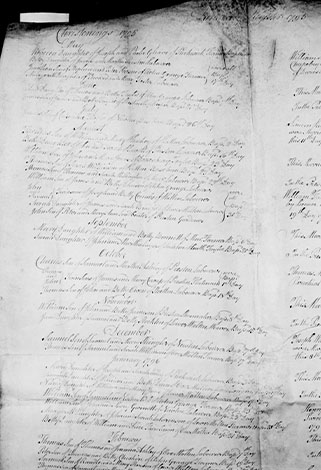 Samuel married a Runcorn girl and the first of at least 8 children arrived in 1786. By now the canal was open from Manchester to Liverpool, and on through to the Midlands via the Trent and Mersey. This was a time of huge changes across the country. As the industrial revolution kicked off thanks to the canals, the agricultural revolution gained speed as well, but the technological advances meant less manpower was needed to work the land. Samuel must have realised quite quickly that there simply wasn’t going to be enough farm to share among his 4 sons.
Samuel married a Runcorn girl and the first of at least 8 children arrived in 1786. By now the canal was open from Manchester to Liverpool, and on through to the Midlands via the Trent and Mersey. This was a time of huge changes across the country. As the industrial revolution kicked off thanks to the canals, the agricultural revolution gained speed as well, but the technological advances meant less manpower was needed to work the land. Samuel must have realised quite quickly that there simply wasn’t going to be enough farm to share among his 4 sons.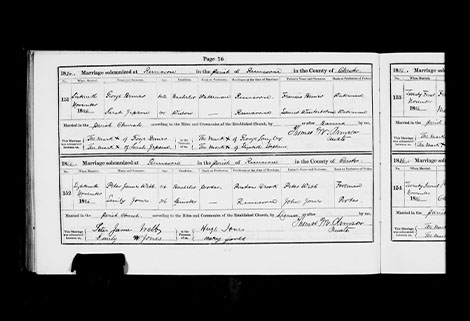 At this time, the wharf was thriving. It was the only true through-route to the Midlands and would remain so until the opening of the Macclesfield canal in 1831. It was shipping hundreds of thousands of tonnes of goods every year, and its warehousing was gradually spreading across the site.
At this time, the wharf was thriving. It was the only true through-route to the Midlands and would remain so until the opening of the Macclesfield canal in 1831. It was shipping hundreds of thousands of tonnes of goods every year, and its warehousing was gradually spreading across the site.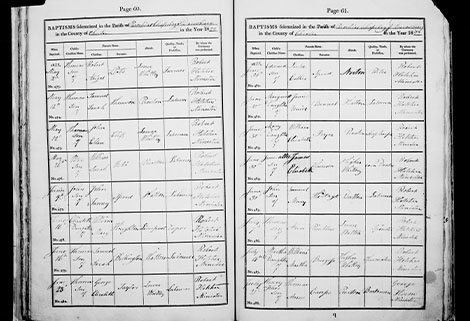 In 1851 we see William at the head of a family well acquainted to the wharf. He is a warehouse porter, along with son Thomas. Youngest son William is now a boatman, and the eldest son, Peter, is “porter for canal carrier.” Peter and his wife Ann have just welcomed their third child to the world and the two older children are staying with their grandfather to give mum a chance to recover. Also in the house is Samuel. Now 62, he is given the description of “inferior from youth,” so it would be reasonable to assume that he is now unable to work. Perhaps the increase in machinery, for the wharf now has a mighty steam engine powering it’s hoists and cranes, has made it too dangerous.
In 1851 we see William at the head of a family well acquainted to the wharf. He is a warehouse porter, along with son Thomas. Youngest son William is now a boatman, and the eldest son, Peter, is “porter for canal carrier.” Peter and his wife Ann have just welcomed their third child to the world and the two older children are staying with their grandfather to give mum a chance to recover. Also in the house is Samuel. Now 62, he is given the description of “inferior from youth,” so it would be reasonable to assume that he is now unable to work. Perhaps the increase in machinery, for the wharf now has a mighty steam engine powering it’s hoists and cranes, has made it too dangerous.
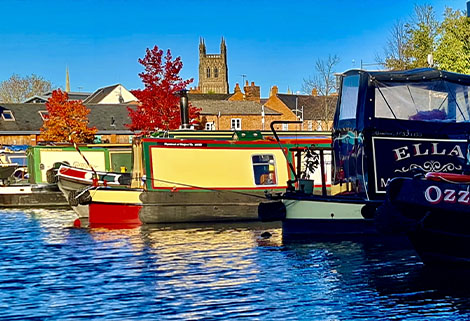 Buying a narrowboat is a consideration not to be taken lightly. We bought our boat to cruise the cut and experience the nature and the seasons at close hand, to visit all the places that the canal system granted us access to and spend time in the company of kindred spirits. The quintessential English idyl that many dream of, however, as in life, things conspire, plans change and sometimes matters can unravel very quickly.
Buying a narrowboat is a consideration not to be taken lightly. We bought our boat to cruise the cut and experience the nature and the seasons at close hand, to visit all the places that the canal system granted us access to and spend time in the company of kindred spirits. The quintessential English idyl that many dream of, however, as in life, things conspire, plans change and sometimes matters can unravel very quickly. Primarily the lack of space, the required tools and building materials along with clothes, food and all the essentials needed for cooking and eating, washing and dressing, somewhere to sit, somewhere to sleep, it may sound odd but with so little room, we must move things about just to be able to work.
Primarily the lack of space, the required tools and building materials along with clothes, food and all the essentials needed for cooking and eating, washing and dressing, somewhere to sit, somewhere to sleep, it may sound odd but with so little room, we must move things about just to be able to work.
 It’s not just the geography, the landscapes and the flora and fauna that requires our further investigation and quiet contemplation, it’s the journey of self-exploration and expression. Getting off the hamster wheel is a life choice and trade off; we have given up comfort and security to slow right down. We may not have an alarm, but the clock is relentless and being able to enjoy our fitness and good health to pursue ones’ aspirations is our reward.
It’s not just the geography, the landscapes and the flora and fauna that requires our further investigation and quiet contemplation, it’s the journey of self-exploration and expression. Getting off the hamster wheel is a life choice and trade off; we have given up comfort and security to slow right down. We may not have an alarm, but the clock is relentless and being able to enjoy our fitness and good health to pursue ones’ aspirations is our reward.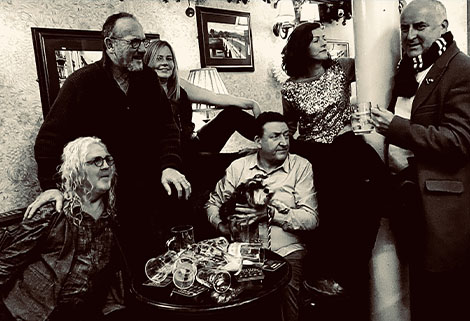 A major contributing factor for our mental wellbeing is being able to live within this close-knit community of persons who are alternative thinkers, decision makers and risk takers. The achievers that choose their destiny and find their own and unique pathways, gives us a sense of belonging and helps us feel comfortable as our adventure unfolds. It’s also a very social environment that requires our engagement and attendance of events and some considerable quaffing. After all, your vibe is our tribe eh!
A major contributing factor for our mental wellbeing is being able to live within this close-knit community of persons who are alternative thinkers, decision makers and risk takers. The achievers that choose their destiny and find their own and unique pathways, gives us a sense of belonging and helps us feel comfortable as our adventure unfolds. It’s also a very social environment that requires our engagement and attendance of events and some considerable quaffing. After all, your vibe is our tribe eh!

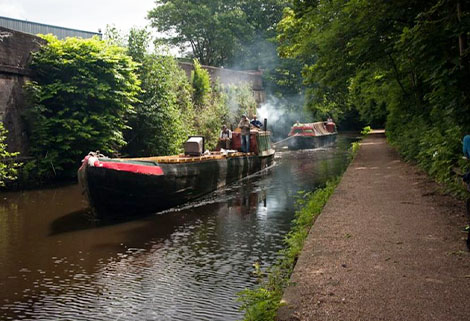

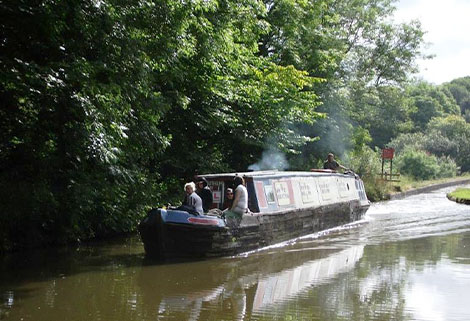

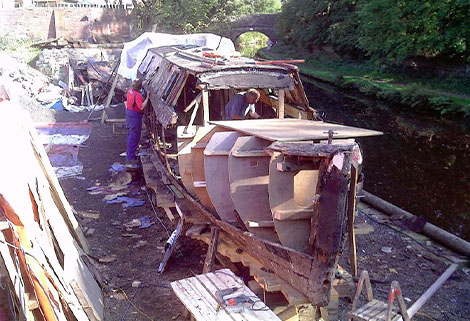



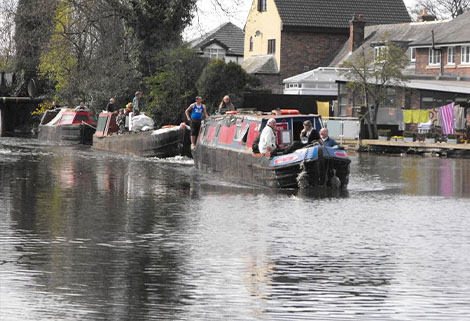
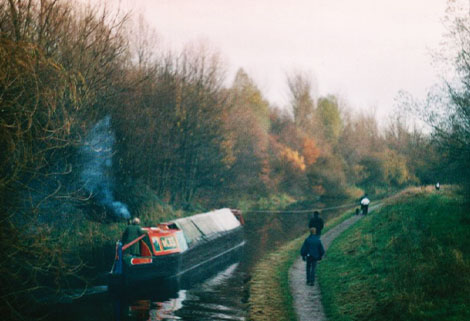

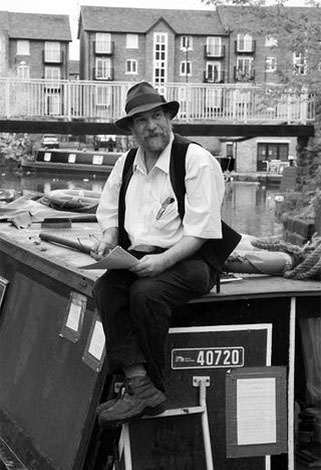
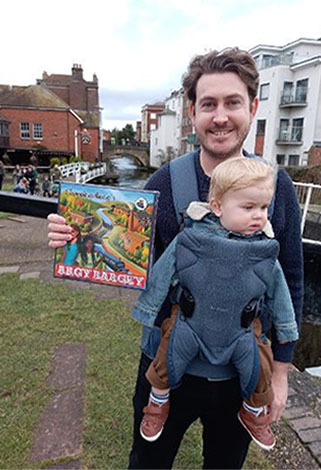

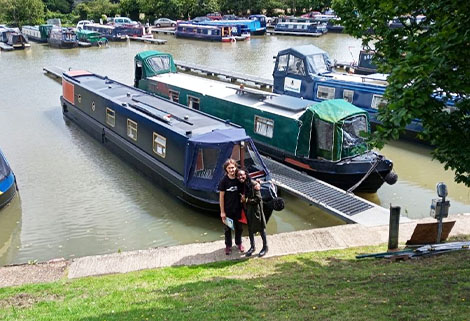
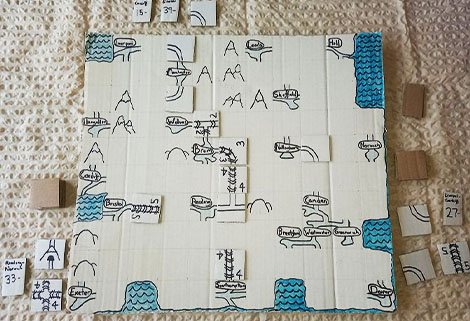

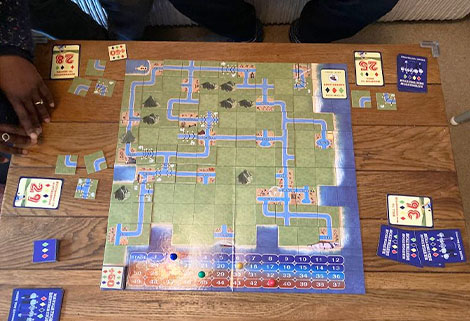

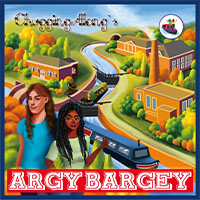


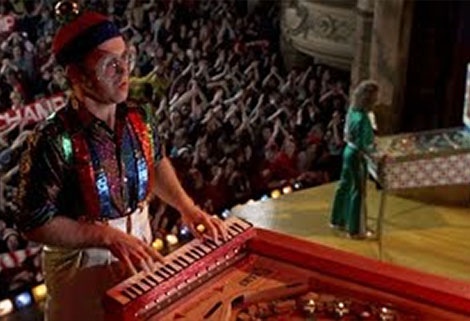

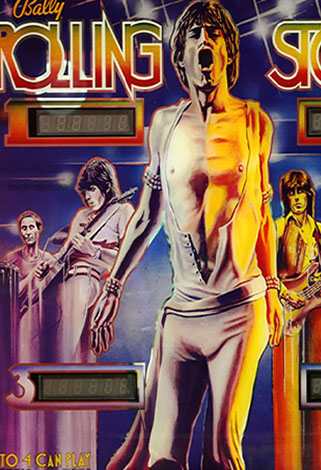
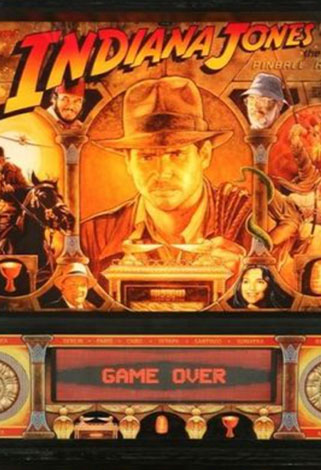

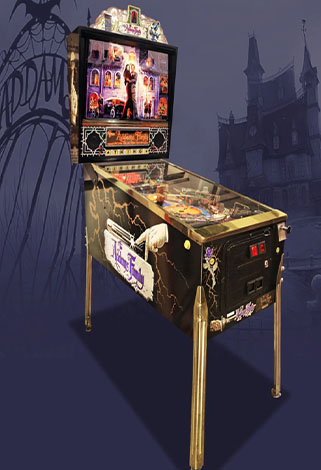
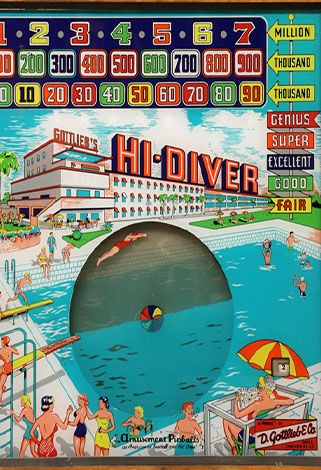

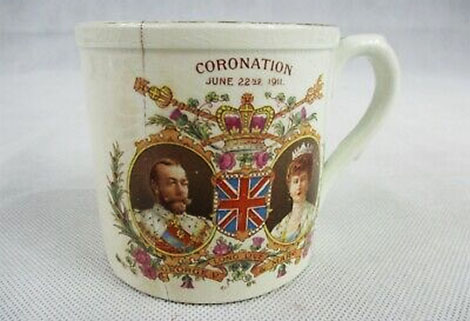
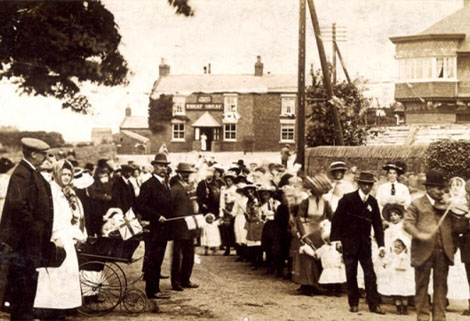
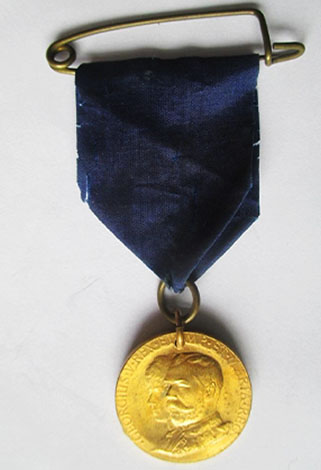 At half past 3, the children were rounded up and given medals by two local ladies, and a big procession headed by the Aston and Preston Brook Band went off on a tour around the village while the unsung heroes of the committee were left alone for an hour and half to lay the tables with the celebratory tea for the 500 guests.
At half past 3, the children were rounded up and given medals by two local ladies, and a big procession headed by the Aston and Preston Brook Band went off on a tour around the village while the unsung heroes of the committee were left alone for an hour and half to lay the tables with the celebratory tea for the 500 guests.